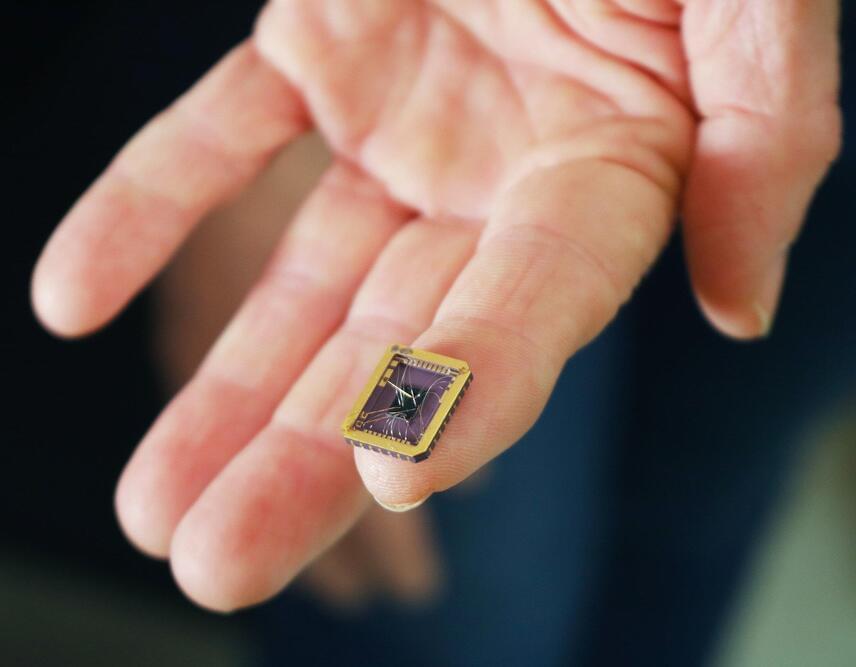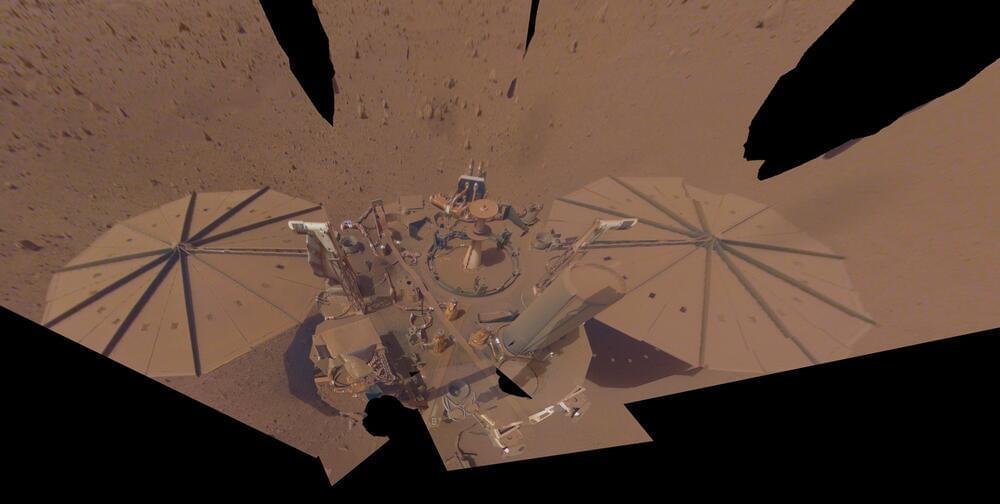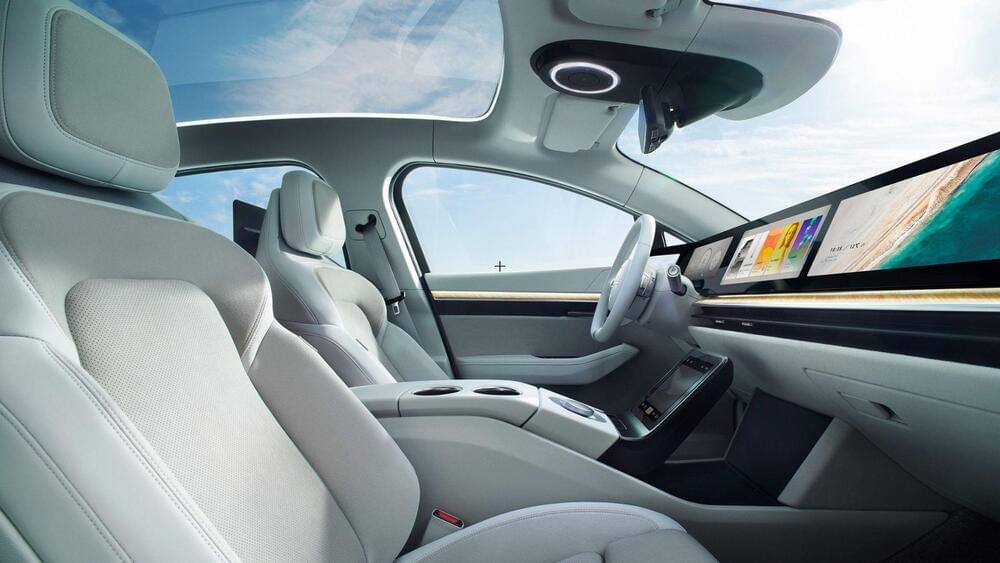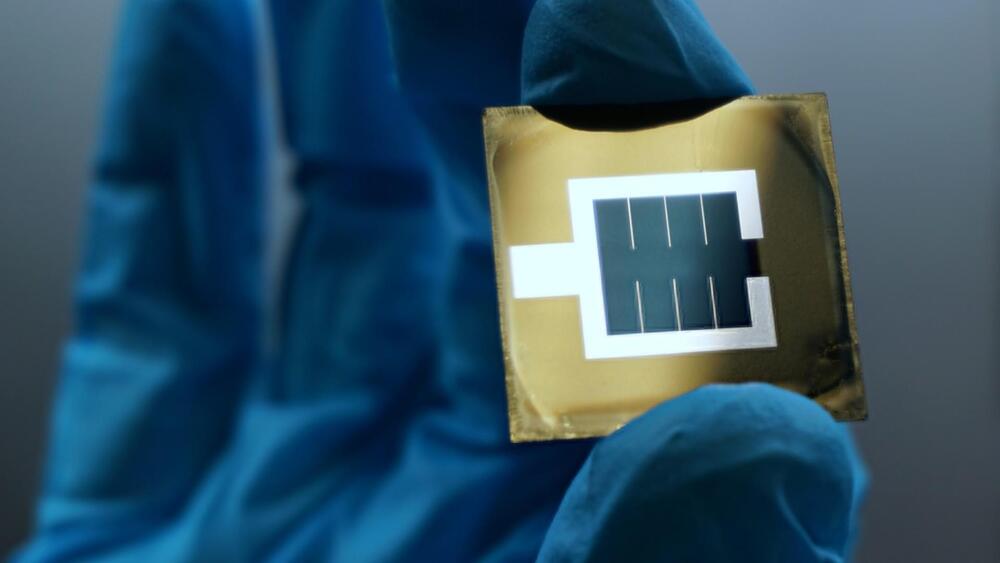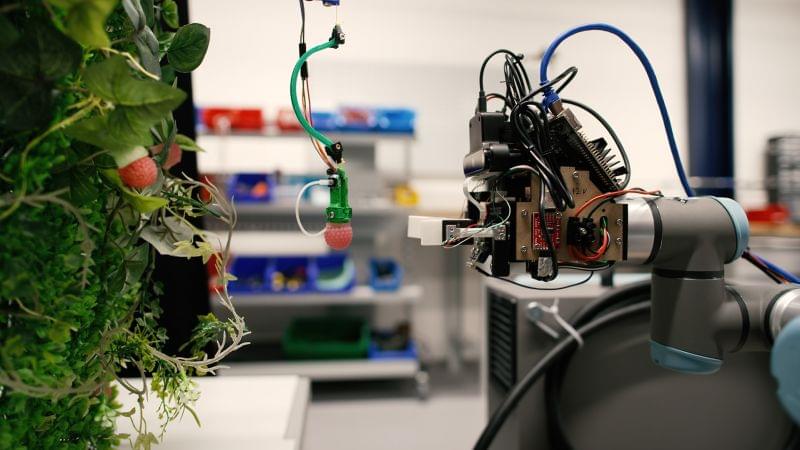Dec 22, 2022
Celebrating Energy Central’s Top Voices in the Community for 2022 — Energy & Sustainability Network
Posted by 21st Century Tech Blog in categories: energy, sustainability
As our Energy Central Community thrives and grows with each passing year, it’s clear to us that we have something special here. This community of power industry professionals who so eagerly and openly share their insights, their lessons learned, and their questions to allow for constant collaboration is unparalleled anywhere else in our sector.
The most critical part of this successful undertaking, though, is of course the people behind it all. The voices in our Community who are driving those conversations and keeping readers and peers coming back again and again. To once again celebrate the importance of our community members in making Energy Central the powerhouse that it is, we’re ending the year by honoring the members on Energy Central who went above and beyond—frequently sharing news and content, reliably starting conversations across the site, and providing some of the most genuinely high-value contributions throughout 2022.
All week, we’ll be publishing articles highlighting the Top Voice of 2022 for each of our 6 Networks. As part of this tradition, some of those community members recognized were kind enough to answer a few questions to highlight what they found valuable in the sector in 2022, their predictions for 2023, and some personal insights to get to know the men and women behind it all.

